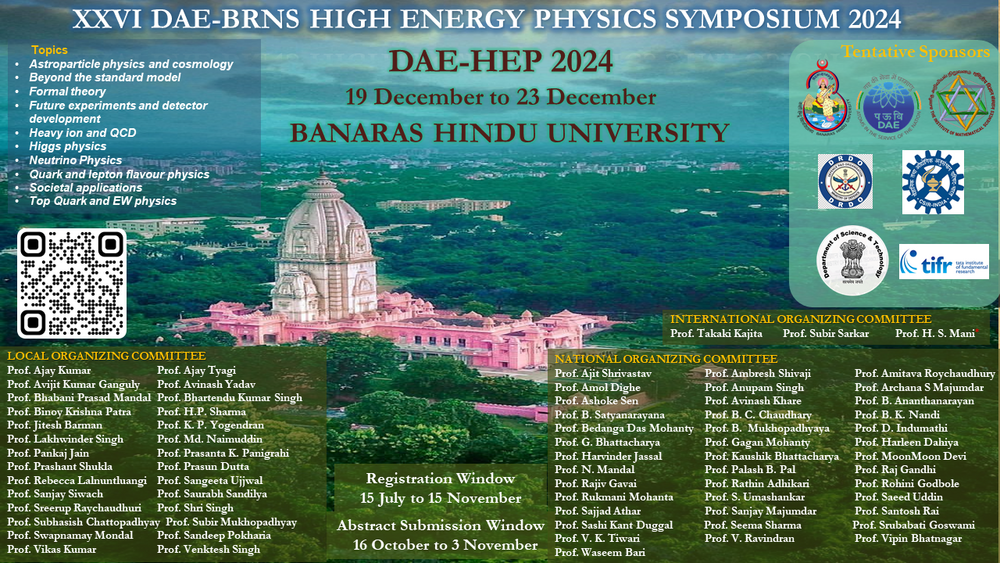Speaker
Description
Muon radiography is an imaging technique based on the absorption of atmospheric muons. At NISER, we are building a muon telescope for muon radiography applications. The telescope is in modular form comprising four planes. Each plane is made of an acrylic chamber housing a Resistive Plate Chamber (RPC) as tracking element and PCB based readout boards to provide X and Y position of the muon hit. The design goal of this telescope is to be portable and autonomous, in order to take data in places that are not easily accessible, such as to investigate cavities/shafts present in railway tunnels, archaeological cultural heritage sites, etc.
A muon telescope of the proposed geometry has been simulated in Geant4. A Lead block of size 40 × 40 × 20 cm3 is placed 250 cm above the first plane of the muon telescope. At 10 cm above the Lead block cosmic-ray muons are generated using EcoMug generator. Two different muon counts are measured using the telescope, the number of muons with Lead block between muon generator and telescope, and without Lead block. The image of Lead block is produced by measuring the difference in these two counts.
For building the proposed muon telescope, four glass RPCs and four acrylic chambers have been built. The RPCs are operated in the avalanche mode and characterized using PCB based readout panel, which showed a muon detection efficiency > 95 %. The PETIROC and FPGA based data acquisition system will be used to count the muon tracks from the RPCs. The air-tightness studies of an acrylic chamber have been carried out. The design aspects of muon telescope, and results from simulation studies and RPC performance tests will be discussed in the symposium.
| Field of contribution | Experiment |
|---|

